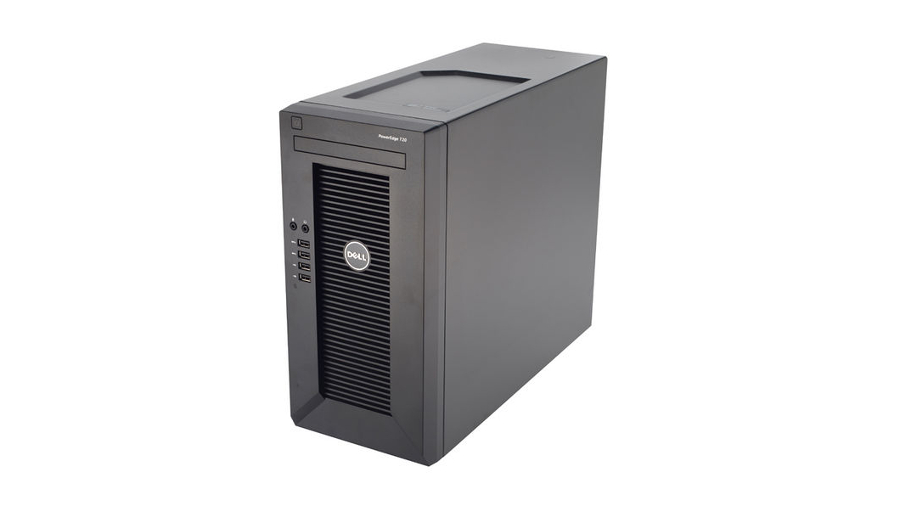Why you can trust TechRadar
We liked
With its quad-core Xeon processor the T20 is a very nippy little server, booting from cold in just a few seconds and handling Windows Server 2012 R2 with ease. We would have liked an embedded hypervisor option, but a bootable SSD can fulfil this role and there's plenty of room for storage to cope with the file sharing and application needs of many small businesses.
The mini-tower form factor is another plus and despite having three cooling fans the T20 is a relatively quiet little machine. Ideally it needs to be locked away somewhere but, if pushed, could be used in an open plan office without causing too much annoyance.
We disliked
Dell has clearly cut corners to keep the price of the T20 low, which is fine for customers looking for a basic file and print platform but not so good for others wanting to host more demanding applications. Extra memory is a must and we would have preferred easier access to the storage bays as seen on the MicroServer Gen8. Customers wanting an optical drive will also have to pay £35 (around US$60, AUD$65) to add one to the spec, and pay for a separate cable on top of that.
Although not a deal-breaker for most SMEs, the T20 loses out big time in the management stakes to its HP rival, relying on the Active Management Technology (AMT) built into the Intel processor (Xeon only) rather than Dell's tried and trusted iDRAC alternative. Basic remote monitoring and power management are available through a simple browser interface, but additional software is needed to access more advanced controls. A number of tools are available from both Intel and Dell to do this, but these may be over-the-top for many small businesses.
Final verdict
A lot of server for the price of the average desktop, the PowerEdge T20 is fast and has room for lots of storage. The base configuration is a bit lean, management is lacking and for Windows you'll have to factor in the cost of the operating system, but it's still a capable entry-level system and good value for money.
